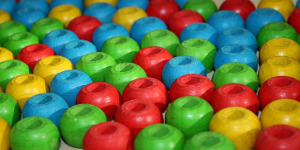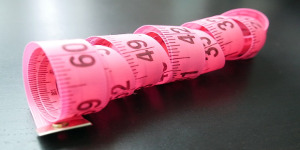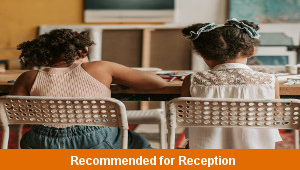Numeracy Term One Planning
Discover some schemes of work, lesson plans, classroom worksheets and interactive activities to develop skills in numeracy for Reception aged children in the Foundation Stage covering counting and numbers to ten, finding one more and one less, identifying shapes, using non-standard measurements, working with money and presenting data using pictograms

(A) Counting
Count, record and compare sets of different objects to ten and identify the matching numbers using numerals

(B) Numbers
Practise counting and labelling sets of different objects by writing and matching the numerals for each of the numbers to five

(C) One More
Count and record numbers of different objects that are one more than numbers to ten by using objects around the school and in the local area

(D) One Less
Identify and record counted sets of objects that are one less than different numbers to ten on the theme of farms and farming

(E) Shapes
Identify, describe and compare different 2D shapes by their individual shape properties including numbers of sides and corners

(F) Measurement
Practise and model different ways of measuring and comparing the length, height, volume, capacity and mass of different objects by using counting skills

(K) Christmas Shopping
Solve a range of money problems about different things that families might need to buy to celebrate Christmas by adding money amounts within twenty
-

Length Words
Practise using special vocabulary words to compare the lengths and sizes of objects found and used in different locations
-

Speaking Skills
Explain and model how to use voices clearly and expressively when interacting with others in different situations and scenarios
-

School Friends
Investigate, describe and model some of the special ways of providing practical, spiritual and emotional support to other pupils in the school
-

School Pictograms
Explore how to count and record the numbers of different pieces of school equipment that can be found in trays stored around the classroom
